- Empty cart.
- Continue Shopping
Karpuram (Cinnamomum Camphora)
Original price was: ₹600.00.₹390.00Current price is: ₹390.00.
Genus : Cinnamomum
“Get the Karpuram (Cinnamomum Camphora) plant and add a touch of fragrance to your garden. This aromatic plant is known for its medicinal properties and beautiful appearance.”
Cinnamomum camphora, commonly known as Camphor Tree or Camphorwood, is a species of evergreen tree in the family Lauraceae. It is native to East Asia, including China, Taiwan, Japan, and Korea, and has been widely cultivated in other parts of the world for its aromatic properties and ornamental value. Here is a more detailed description of Cinnamomum camphora:
Appearance: Cinnamomum camphora is a medium-sized to large tree that can grow up to 20-30 meters in height, with a dense, spreading canopy. The trunk is usually straight, with greyish-brown bark that is rough and furrowed. The branches are horizontally arranged and often have a drooping habit.
Leaves: The leaves of Cinnamomum camphora are simple, alternate, and evergreen, with a leathery texture. They are elliptical to lanceolate in shape, about 5-15 cm long and 2-6 cm wide, with entire margins. The leaves have a glossy dark green color on the upper surface and a paler green color on the lower surface. When crushed, the leaves emit a characteristic camphor-like scent.
Flowers: The flowers of Cinnamomum camphora are small and inconspicuous, usually creamy-white to yellowish in color, and borne in panicles or clusters at the ends of branches. They are unisexual, with male and female flowers usually occurring on separate trees (dioecious), although some trees may have both male and female flowers (monoecious). The flowers are pollinated by insects, especially bees.
Fruit: The fruit of Cinnamomum camphora is a small drupe, about 1 cm in diameter, that turns from green to black when ripe. The fruit contains a single seed and is usually not considered ornamental.
Aroma: One of the most distinctive features of Cinnamomum camphora is its characteristic camphor-like scent, which is due to the presence of volatile oils, particularly camphor, in its leaves, bark, and wood.
Uses: Cinnamomum camphora has a long history of medicinal, aromatic, and practical uses. The camphor extracted from its leaves and wood has been used for various medicinal purposes, such as for treating respiratory ailments, relieving pain and inflammation, and as an insect repellent. The wood of Cinnamomum camphora is hard, durable, and resistant to pests, making it suitable for furniture, cabinets, and other woodworking applications. The tree is also cultivated as an ornamental tree for its attractive foliage, graceful habit, and pleasant scent. Additionally, Cinnamomum camphora is used in the production of camphor oil, which is used in perfumery, flavorings, and pharmaceuticals.
Habitat: Cinnamomum camphora typically grows in subtropical to tropical regions, in a wide range of habitats, including forests, woodlands, and plantations. It prefers well-drained soils and can tolerate a wide range of temperatures and rainfall levels.
In conclusion, Cinnamomum camphora is a medium to large evergreen tree with aromatic leaves, inconspicuous flowers, and multiple uses. It is native to East Asia and has been widely cultivated for its medicinal properties, aromatic characteristics, and wood utilization.


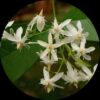

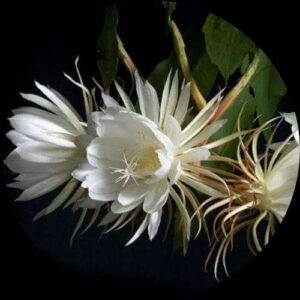


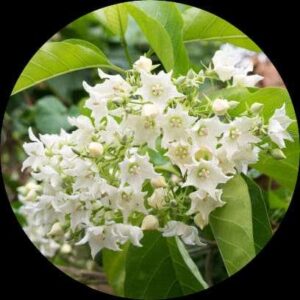
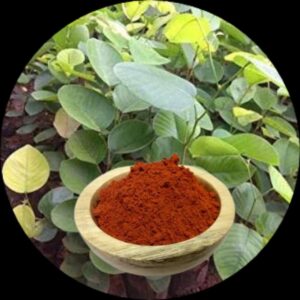
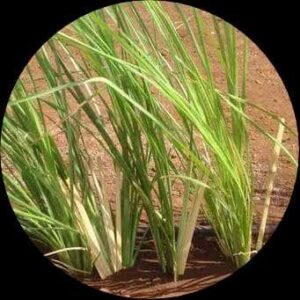

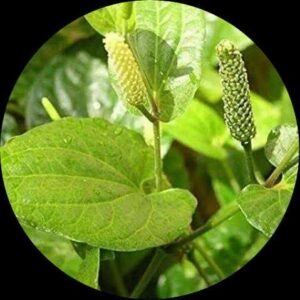
Reviews
There are no reviews yet.